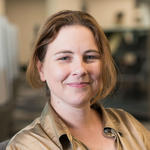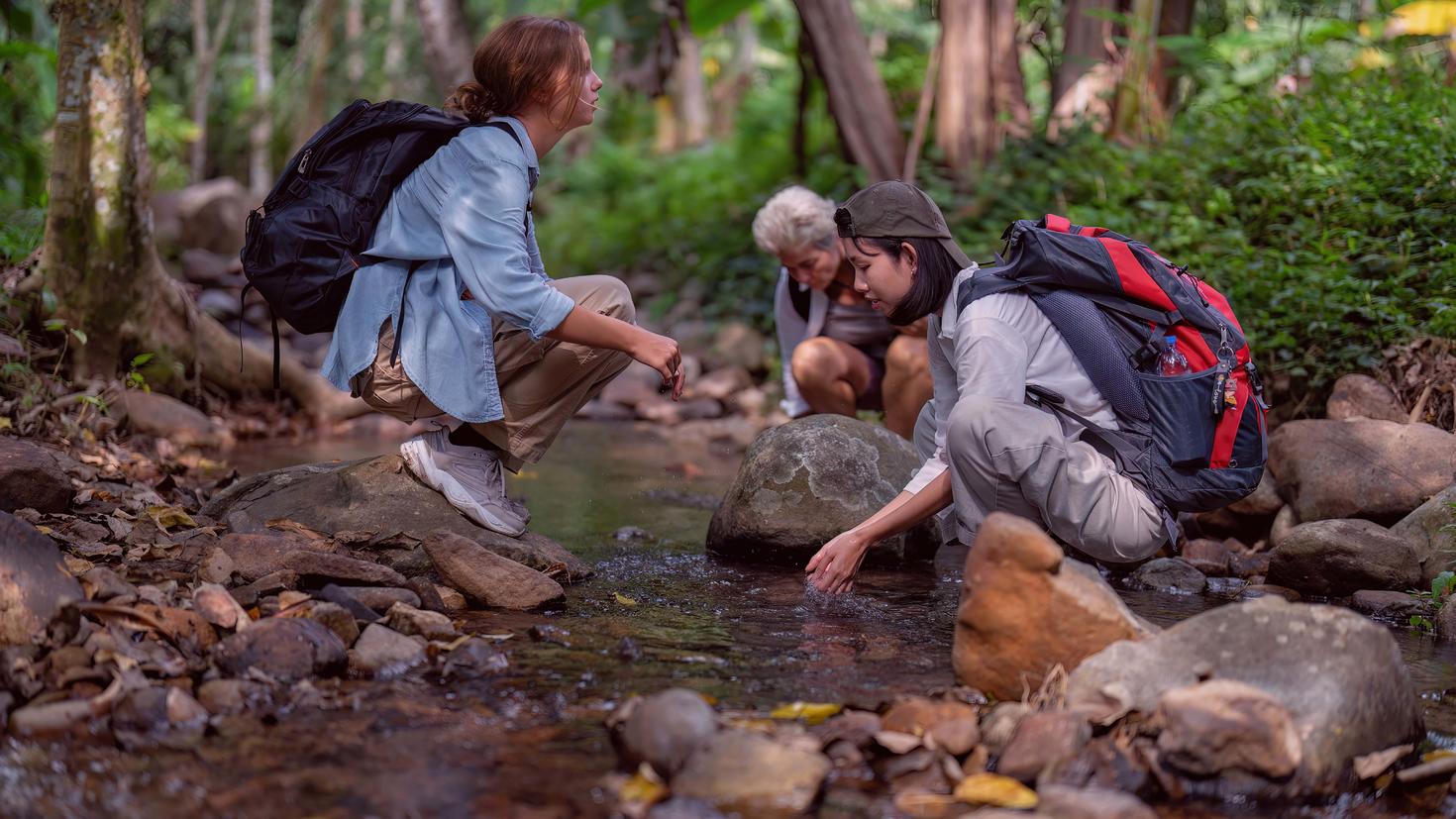Citizen science – participation of members of the public in the production of scientific knowledge – can take many forms. For example, last Spring I visited a snake enthusiast who maintains a study site, where he monitors Southern Rubber Boa population dynamics. He had searched for and photographed these snakes for many years, a hobby called herping (like birding, but with reptiles and amphibians). He became particularly interested when a professional scientist released a report on the conservation status and threats to the species. Members of the herping community disagreed with some of the claims in the report and worried that policy decisions based on the report could be flawed. But how could these hobbyists be taken seriously, when their concerns were phrased in terms of anecdotal information?
In response to situations like this, members of the hobbyist community set up an online data repository to track observations over time. Users enter data about what they found and where, with optional fields for life history information, habitat type, other physical variables (e.g. weather, moon phase), search time and method, and photo voucher. As I write, there are 344,796 records. Professional scientists might have responded with skepticism (and indeed some have); but some did not. Conversations became collaborations. To date the results have included co-authored academic publications, reports, and consultations with dozens of agencies.
As a philosopher of science, I have been trained to study how scientific inference works. That is, what are the logical structures of scientific reasoning? What are the connections among observations, hypotheses, and theories? What degree of confidence is warranted, for some particular claim? Traditionally, philosophers have focused on highly controlled settings, often with theoretical physics as the model for pure science. That focus has shifted in recent years to cover a broad range of scientific activities and settings. And now, my focus is citizen science.
What is citizen science – an extension of regular science into the community? Some researchers classify citizen science in terms of a continuum of public involvement, from simple data collection to having some degree of input on research questions or even methodology. But the Rubber Boa example didn’t look like that at all. That case was not an extension of existing scientific methods into the general community. Instead, this form of citizen science is collaboration among different types of experts. The digital platform was built by people who are not professional scientists, and the choices they made reflect their own expertises and questions. They built on the knowledge of the hobby community. They decided how to characterize habitat types, what factors might affect organisms’ movements (wind, humidity, temperature, and perhaps moon phase), and how to assess search strategy and effort. They also implemented features to protect sensitive data.
Rather than extending science into the general community, this form of citizen science builds bridges across existing knowledge communities. Viewing things in this light can help unlock more of the potential of citizen science. This view can break down barriers to fruitful collaboration. The picture can also clarify challenges, by making questions clear: what exactly is expertise? How do we recognize it, and how do we signal it to each other?
This view can also shed light on assumptions built-in to different tools and methodologies. There are differences in the platform that the citizen scientists constructed in the example above, versus other platforms. All platforms involve choices that balance concerns, whether these choices are made explicit or not. For example, the hobbyists were concerned about collectors using their data to find populations of vulnerable and endangered species. They wanted to retain some control over who could see and use their data. So their platform implemented options to prioritize data security. Other platforms prioritize a form of transparency – making data as easily and broadly accessible as possible. There are genuine trade-offs here that merit careful thought. We can better think through these concerns when we recognize the reasons that the citizen scientists made the choices that they did.
A variety of mechanisms have sprung up to formally recognize citizen science, but important gaps remain. Having citizens more formally recognized in research may foster trust among our various knowledge communities. It will be exciting to see the potential of citizen science unfold in the years to come.

